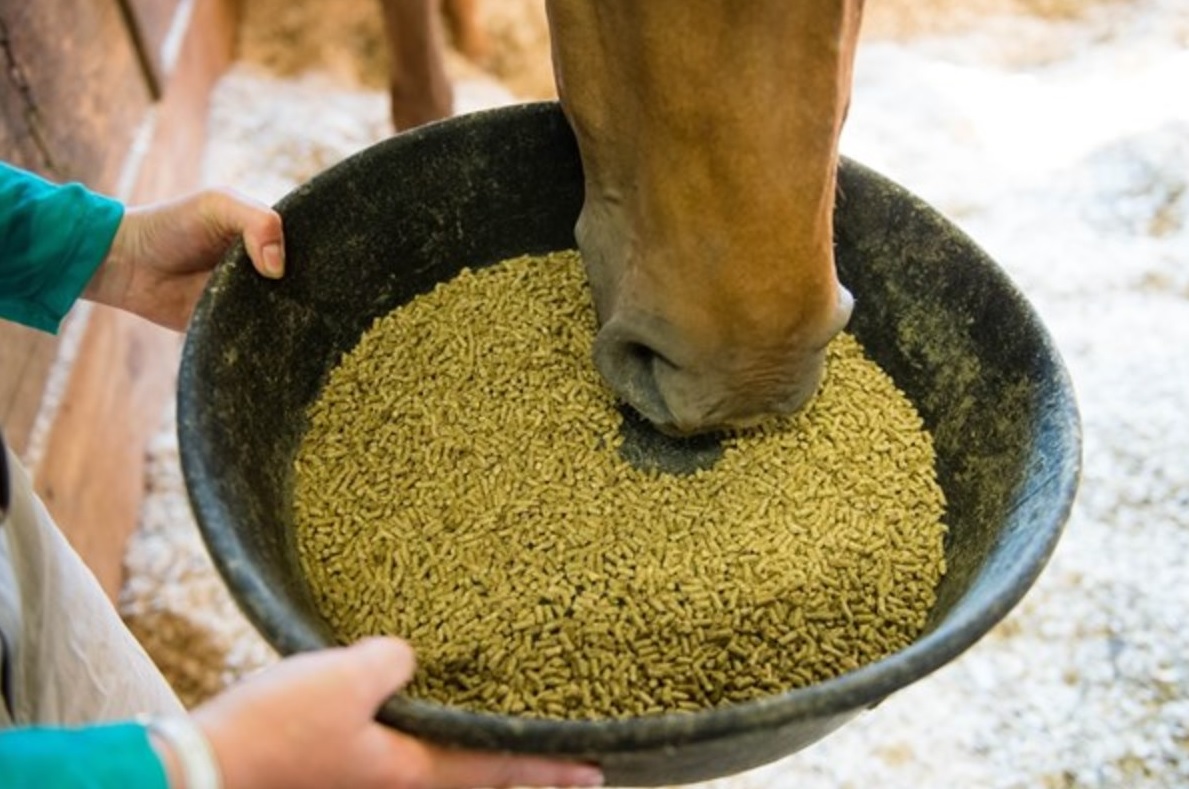
Foals are usually around 6 months of age when weaned and so this usually occurs around October as most foals are born in the spring. After around 4 months, a foal’s digestive system changes so is no longer dependent on the mare’s milk. Foals will begin to eat earlier than this but aren’t really able to obtain much nutrition from the horse feed until their digestive system develops properly.
One of the first steps of the weaning process should be to ensure that the foal is eating grass and forage comfortably and is familiar with eating a well-balanced ration of horse feed from the bucket. th. Therefore, it’s important to take some time to think about how you are going to wean your foal, when is the best time and which method you are going to use. So, what should you consider when weaning your foal?
Why Should You Wean Your Foal and What To Consider?
If the dam is an older mare or struggles to keep weight on, it may be beneficial to wean earlier but this should only be done with veterinary advice and guidance. There are also some other factors to consider, including:
- Don’t combine weaning with another stressful scenario, such as having the farrier or a visit from the vet
- Don’t vaccinate or deworm when you wean
- Don’t use this time to introduce any new horses to the group
- If your foal has been recently ill, then wait to wean them
- Look out for the weather too; if the forecast is to be hot and humid or stormy weather, then choose another day, so there isn’t any additional stress on the horses
- Don’t coincide the introduction of new horse feed with weaning – the foal especially needs time to adapt to the change of diet
All of these tips are designed to ensure that the only stress is that of the weaning process – too much stress can seriously compromise the health of the mare and the foal
What Are The Methods Used To Wean Foals?
There are two methods that are most commonly used to wean foals; the gradual method and the abrupt method. Typically if there are multiple foals that are familiar with each other that need to be weaned, then the abrupt method of weaning tends to work well. This is because they will have their herd friends to be with once weaned from the mare. Alternatively, when there are groups of mares and foals together it can work to take the older foals away from the group but if one mare is upset she can cause the whole group to be unsettled which may endanger the other foals. If weaning abruptly it is important to try and make sure the mare and foal can’t hear each other so move one, ideally the mare, to a different yard for a period of time.
Feeding the mare after weaning
After weaning, make sure that the mare can exercisefreely. Her horse feed ration will need to be decreased for 7-10 days in order to facilitate drying up her milk supply and help to prevent weight gain. T If the mare is pregnant again she may need some nutritional support in the form of a feed balancer that will provide essential vitamins and minerals without too much energy.
Hopefully, this short guide to weaning your foal has given you some ideas for when you need to wean your foal and what you should take into consideration. If you would like more information, it’s advisable to speak to your vet who will be able to answer any questions you may have.




